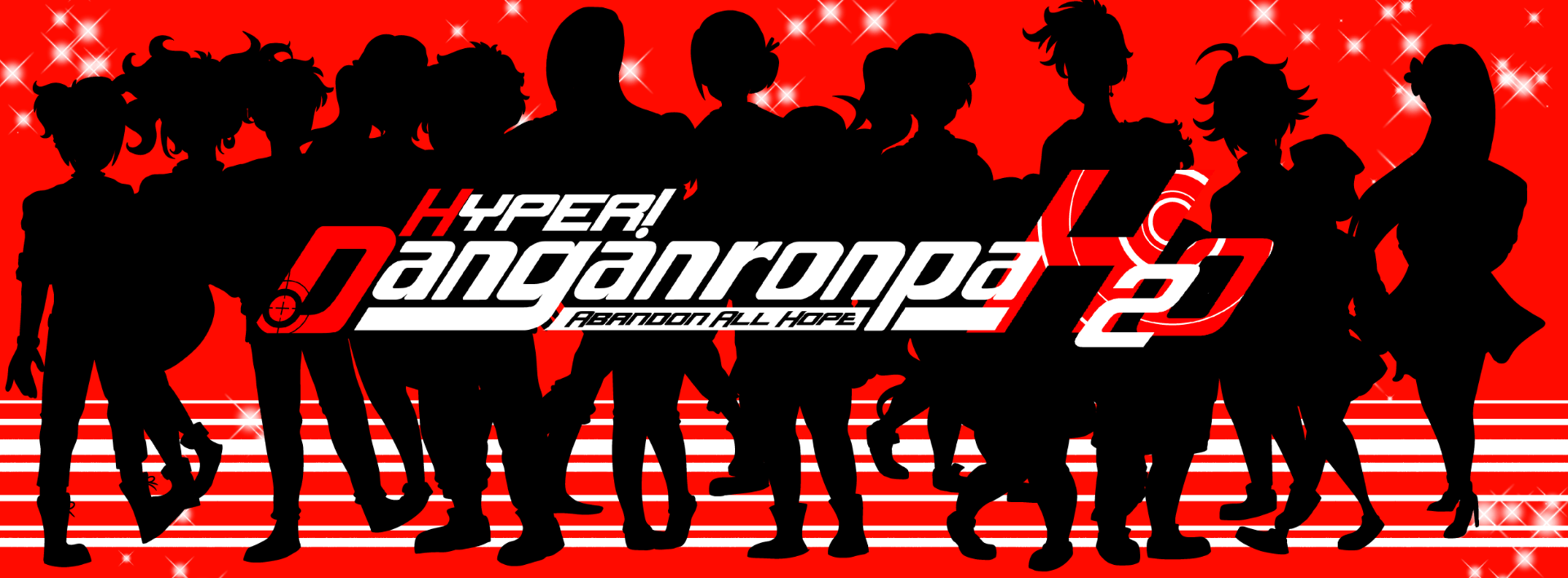So for the past couple of years I’ve been really interested in fan games, which really have not been discussed all that much in video game scholarship. Fan games are (for lack of a better term) slippery to define. Fan games in general are complete game experiences that take some or several elements from a previously created video game, including assets, characters, or systems, and then remix these elements to create a new gaming experience. Some fan games may be considered close to mods, such as the original version of Counter-Strike, but not all fan games are mods, as they don’t operate off the coding of the original game to be played. This also distinguishes them from hacks. Kind of like rectangles are squares but not all squares are rectangles. Anyway, these things are hard to define, but they’re so interesting, particularly in how fan games choose to change or improve the original games.
I’m going to take a page from Henry Jenkins’ book, Textual Poachers: Television Fans and Participatory Culture. For Jenkins, fandoms and fan labor express “not simply fascination or adoration but also frustration and antagonism” with their fan object. We might think of fan games as a form of fan labor that is inherently based around improving the original product in one way or another. For some fan games, that might be a focus on improved gameplay, while for others, it may be using the same gameplay but choosing to tell a different story. But most fan games are interested in putting a unique spin or vision behind the construction of a unique experience within an existing gameworld.
Anyway, all of that gobbledegook aside, let’s talk about a game that I played a week ago. Hyper! Danganronpa H20: Abandon All Hope by milkpunches is a fan game that is based off the Danganronpa game series, which is best described as a cross between the Japanese movie Battle Royale and a dating sim. In the Danganronpa games, you play as a main character who, along with 15 other talented high school students, is trapped inside a killing game put on by an unseen organization or person. In order to escape the game, one of the students must kill another, then go through a class trial, where they must evade being found guilty. The games also feature “Free Time” during each chapter in which the main character can interact with and establish bonds with the other students, and doing so gives them abilities that can be used to make the class trial format a little easier.
These games are pretty heteronormative, at least in how it treats its female characters. For example, two of the games have scenes where the main character “accidentally” spies on the female characters as they are changing clothes. Yet, the Danganronpa series also has a massive following in queer circles online. And Danganronpa H20 is a great example of queer labor envisioning ways in which queer lives can be honored in existing game franchises. Yet the controversy surrounding the game and its creator also shows how fandoms, even relatively small queer fandoms, have a variety of views about queer lives and futures.
Without getting too much into the weeds of the story beats of the game, the six final survivors of the killing game in Danganronpa H20 are Leona and Maya, two cisgender lesbian women, Four, a lesbian trans woman, Kouji, a gay trans man, Hunter, a gay cisgender man, and Oliver, who is agender. Each of these characters manages to escape the game at the end of the final climactic trial. For the game, these LGBTQ+ characters are able to have a promising future. They are not ancillary characters, but rather the main characters. And each of these characters has character beats beyond their LGBTQ+ identity throughout the game. By centering queer characters in a game series that features no overtly self-identified queer characters, Danganronpa H20 envisions how queer characters may potentially be the center of the narrative of the popular franchise.
Yet, the game has received a lot of blowback within the queer fandom of Danganronpa. Several fans have noted that the queer characters feel overall kind of shallow and they don’t have much of a backstory. Others note that the creator of the game has responded heavily to negative feedback online and attacked many other fans in the community. Other LGBTQ+ fans don’t mind the characters, but feel the story is poorly made.
So what to take from all this? There’s no one-size-fits-all approach to queer characters in games, and in media in general. Representation is still an incredibly tricky thing to analyze and understand academically, particularly as fan communities online begin to grow. Fans of the same franchise may not necessarily agree on the characters, story, etc., making it hard to make blanket statements about how progressive, representative, or meaningful a game is. Danganronpa H20 might mean a lot to fans who wish to see LGBTQ+ characters make it through the game, but other fans also may find these same characters shallow.
Fan games offer one way to look at how fandoms, fan laborers, and game creators understand, circulate, and communicate their ideas about queerness in relation to a media product. But, just like studio-made games, the meanings that fan laborers attempt to convey is not the be-all-end-all of meaning in games and game cultures. Danganronpa H20 puts queer characters to the fore, but does that necessarily mean that queer players will enjoy it? Is the game politically challenging the main series, even though the audience for such a game is relatively small? I’m not sure about the answers to these questions, but fan games offer yet another way to look at how representation and queerness operate in game cultures.


I enjoyed reading, thanks.